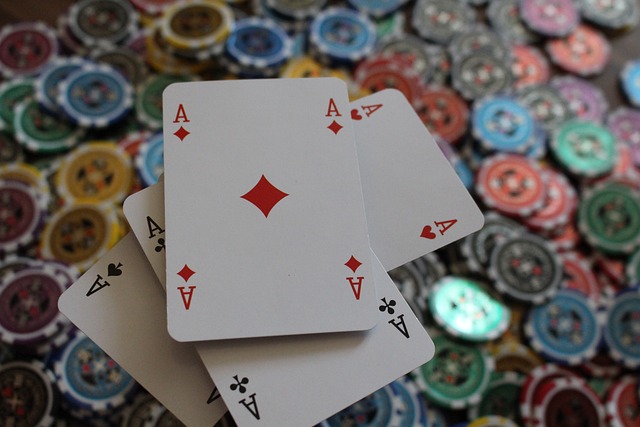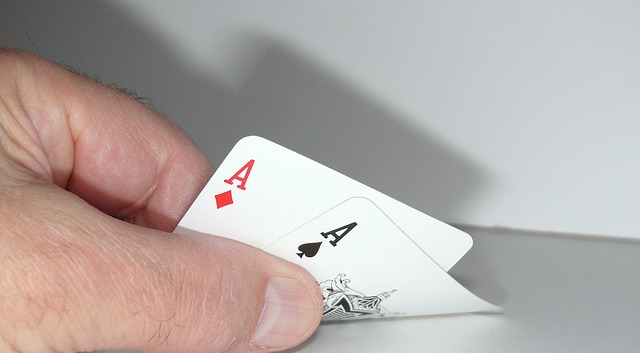Knowing the rules of poker well is a basic premise to play well. Not only to avoid developing the wrong game, but also to take advantage of it. Specifically in dealing poker cards, it is common in groups of novice friends that only one (or none) know how to deal, and that players are lost at the online tables. Don’t miss this article if you want to be the one to master the dynamic!
First of all… How many cards are dealt to each player in poker?
Many players will quickly answer… “2”. And that’s how it is in Texas Hold’Em poker, but in other variations of the game it can change. This is how the distribution of cards works:
- Texas Hold’Em: Two private cards and five community cards, with only the best five being used
- Omaha Hi: Four particulars and five commons, and the best two and five are used, respectively
- Omaha Hi-Lo: Like Omaha Hi, but with two winning hands
- 5-7 card stud: There are no community cards, only 5 and 7 per player respectively
The quick answer for the vast majority of modern poker players, and the bulk of competitive ones, will be that in poker 2 cards are dealt per player, and then 5 commons are shown.
How are the poker cards dealt?

Another important factor in the dealing of poker cards is the order. In Texas Hold’Em, the first card will be dealt to the small blind, and so on until the dealer is dealt the last card. From there, the second card is dealt in the same order to each player.
At operator poker tables, in online tournaments, or even in land-based casinos, the dealing of the cards is done by a ‘croupier’. In informal games, the dealer should be in charge of dealing the cards, so the last one would receive the card, following the same premises.
And the community cards?
Community cards also count as dealt. In Texas Hold’Em, this will be the established order:
- After the first round of betting (prefop), a card will be burned, and the first three cards will be shown (flop).
- After betting on the flop, a card will be burned and the 4th card will be shown, the turn
- When closing the turn betting round, the card will be burned and the 5th and last one will be uncovered, the dealer
In total, in a play of poker 2 cards are used per player, 5 are shown and 3 are burned, counting that the hand reaches the river. The latter is not the most common in games of a certain level, since some player usually wins before in the betting turns.
Poker betting order
Learning the rules of poker is not only knowing the distribution in turns. It is also essential to know what the infrastructure of the aforementioned betting turns is like. In this sense, the dealer will always speak last, that is, the first player to the left of the button will always start.
At the time of showing the hand, the last one to have bet will always start. This is especially relevant when it comes to identifying poker players, because when faced with a bluff a player may prefer not to show his hand if he loses.
Poker hand hierarchy
It will be of little use to know how many cards are dealt in poker and the order of play without knowing which hands win and which is the hierarchy. In case the ‘showdown’ is reached, this will be the order of winning hands:
- Straight Flush: Five consecutive cards of the same suit
- Poker: Four cards of the same value
- Full House: A threesome and a couple
- Flush: Five cards of the same suit
- Straight: Five consecutive cards
- Three of a Kind: Three cards of the same value
It is especially relevant to know that you only play with 5 cards, that is, it will be useless to have a straight from 2 to 6 and also a K, since the straight will have the K as its high card. Practically, the play will remain ‘straight’ from 3 to 7.
How to use the distribution of cards in your favor

There’s no way to use (without cheating) that deal itself in poker strategy, but it does help to know that positions are game-determining. So yes, indirectly, the cast affects the game.
Last to receive, last to talk will enter hands with a worse range of hands. That is, a 6-7 ‘suited’ is playable, not in UTG.
We will be able to read a raise in position or just after the blinds differently, but the available ‘stack’, the type of player profile, etc. will also enter here.
The more players in the hand, the easier it is for them to have a superior hand. Although to count cards for your project the number of rivals is indifferent, because if you are missing 7 cards it does not matter if they are in the pile or in the rival hand, it is easier for four players to beat your color to the Q than a single opponent
With all the theory in your favor, all you have to do is know how to put it into practice… PUT YOURSELF TO THE TEST!
